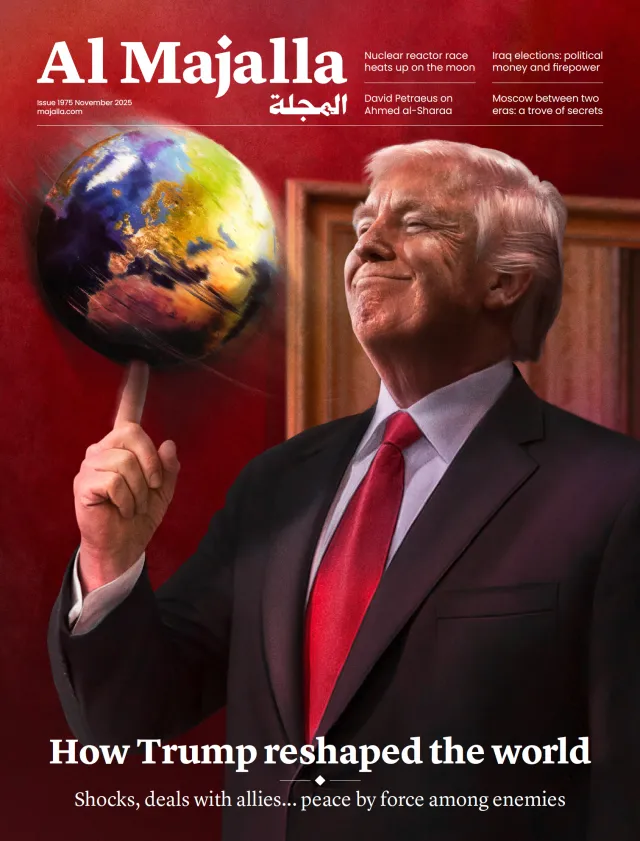Ever since its premiere on 21 July, Barbie has dominated pop culture discourse around the world, East or West.
It crossed one billion dollars at the box office and had viewers (and celebs) globally donning all-pink outfits while snapping photos in front of life-size Barbie boxes, contributing to the film’s massive marketing campaign. Moreover, director Greta Gerwig's big-budget production reportedly caused a shortage of pink paint around the world.
Essentially, it was Barbie’s world, and we were all living in it.
So large was the buzz – and controversy – around the film, that even Christopher Nolan wanted to delay the release of his war epic Oppenheimer to avoid competing at the box office. Despite their wildly different genres and approaches, the two films became known as one entity – Barbienheimer. Yet Barbie outperformed Oppenheimer in terms of global revenue.
Perhaps the numbers came down to escapism. Moviegoers today seek out entertainment and a pretty picture, as opposed to death, murder, or the threat of global ruin, all of which were stars of Nolan’s film. Viewers' fears are evidently more grounded in the immediate future – rather than any distant one.
Live-action Disney remake The Little Mermaid, another great candidate for ‘escapism’ with its fantastical premise, starred Halle Bailey in her big-screen debut. It garnered more than $550mn worldwide, including the Arab world.
A connective thread
The thread that binds Barbie and The Little Mermaid is that both films invite viewers to reflect on the current global, political, ecological and intellectual landscape.
Cinema, undoubtedly an avenue for entertainment, is also the magical bundle of light that has shaped and continues to shape our vision of worlds beyond the confines of a dark theatre. It’s the art of dreams, but also the art of discourse, ideas, and, sometimes, illusions.
Today, more than ever, we need to reflect on what filmmakers are offering us, engage with it, or even object to it, without necessarily trying to prevent that light from reaching us or others.
The two films have generated controversy for mostly superficial reasons, without reaching the core of what each film tries to encapsulate. Indeed, each film represents a kind of revolution, even if minimal, in its own way. But that doesn’t mean they didn’t ruffle some feathers.













